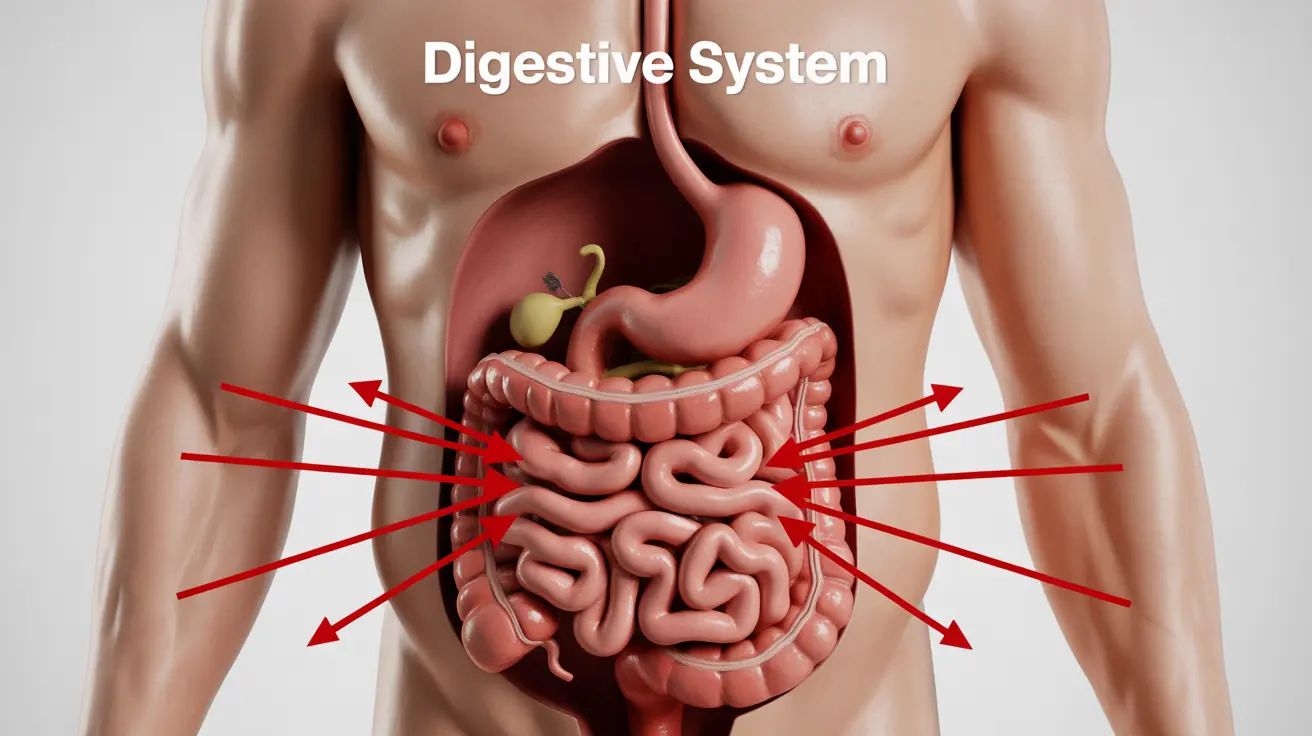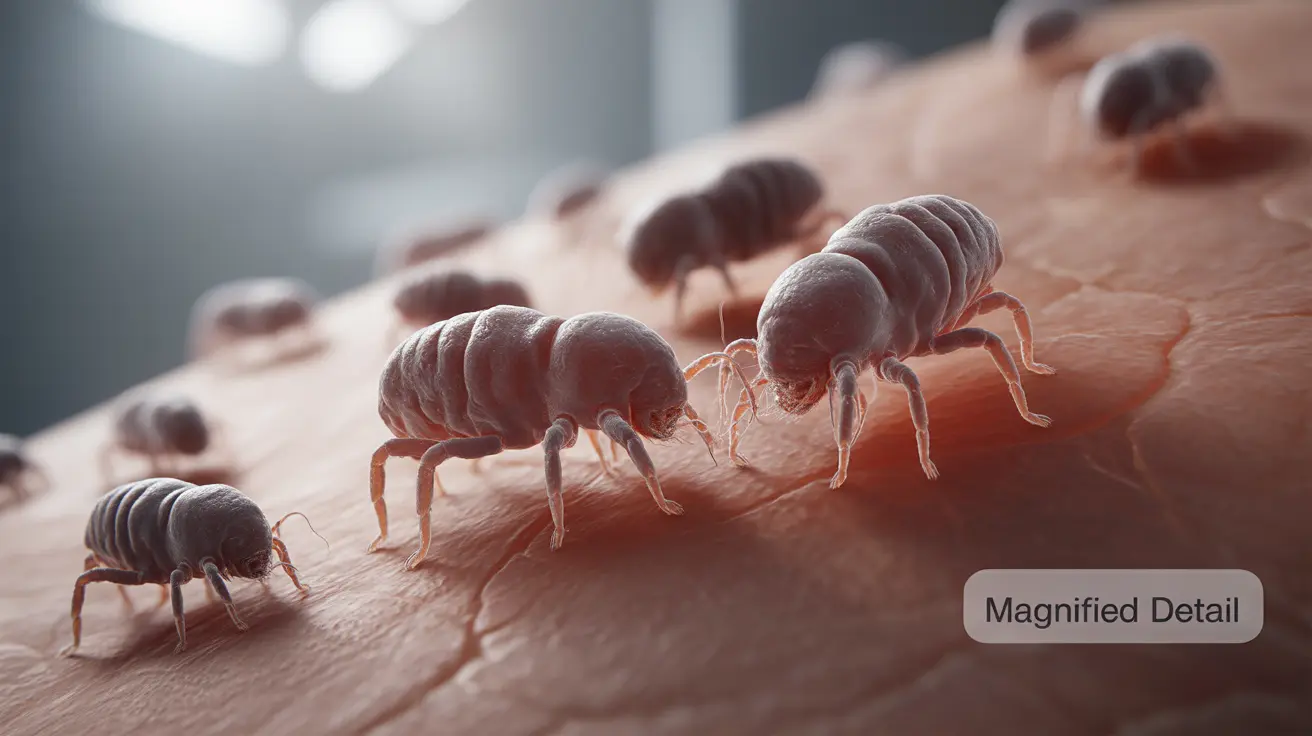The relationship between COVID-19 and dry eyes has become increasingly apparent as researchers and healthcare providers gather more data about the virus's effects on eye health. Many COVID-19 patients report experiencing uncomfortable dry eye symptoms during and after their infection, making it essential to understand this connection and know how to manage these symptoms effectively.
Whether you're currently dealing with COVID-19 or recovering from the infection, understanding how the virus affects your eyes and what you can do about it is crucial for maintaining your eye health and comfort. Let's explore the symptoms, treatments, and preventive measures for COVID-related dry eyes.
Understanding COVID-19's Impact on Eye Health
COVID-19 can affect the eyes in several ways, primarily through inflammation and changes in tear production. The virus may directly impact the eye's surface tissues and tear glands, leading to decreased tear production or changes in tear quality. Additionally, the body's immune response to the virus can trigger inflammation that affects eye comfort and function.
Recognizing COVID-Related Dry Eye Symptoms
COVID-19 dry eye symptoms may present differently from typical dry eye disease. Common signs include:
- Increased eye irritation and grittiness
- Burning or stinging sensation
- Blurred vision that improves with blinking
- Excessive tearing (paradoxically)
- Redness and inflammation
- Sensitivity to light
Treatment Options for COVID-Related Dry Eyes
Managing dry eyes during and after COVID-19 requires a multi-faceted approach. Several treatment options can provide relief and support eye health recovery.
Medical Treatments
Your healthcare provider might recommend:
- Artificial tears or lubricating eye drops
- Prescription eye medications for inflammation
- Specialized eye ointments for nighttime use
- Anti-inflammatory medications when necessary
Effective Home Remedies
Several home-based solutions can help alleviate symptoms:
- Warm compresses applied to closed eyes
- Gentle eyelid massage
- Proper eye hygiene practices
- Increased water intake for hydration
- Regular breaks from digital devices
Prevention and Long-Term Management
Taking proactive steps to protect your eyes during and after COVID-19 is essential for preventing or minimizing dry eye symptoms.
Lifestyle Modifications
Consider implementing these changes:
- Maintain proper humidity levels in your environment
- Practice the 20-20-20 rule when using digital devices
- Wear protective eyewear when outdoors
- Use an air purifier to reduce irritants
- Get adequate sleep to support eye health
When to Seek Professional Help
While many cases of COVID-related dry eyes improve with time and home care, certain situations warrant professional attention. Contact an eye care professional if you experience:
- Severe or worsening eye pain
- Significant vision changes
- Symptoms that persist beyond your COVID-19 recovery
- Eye redness that doesn't improve with basic care
- Development of light sensitivity or eye discharge
Frequently Asked Questions
Q: What are the symptoms of dry eyes in COVID-19 patients, and how do they differ from regular dry eye disease? A: COVID-19-related dry eyes often present with more intense inflammation and may be accompanied by other viral symptoms. Unlike regular dry eye disease, COVID-related symptoms typically develop suddenly and may be more severe initially.
Q: How can I treat dry eyes caused by COVID-19, and what are some effective home remedies? A: Treatment includes artificial tears, warm compresses, and maintaining good eye hygiene. Effective home remedies include proper hydration, using a humidifier, and taking regular breaks from screen time.
Q: Can COVID-19 lead to long-term dry eye problems, or are these symptoms typically temporary? A: Most cases of COVID-related dry eyes are temporary and improve with recovery. However, some patients may experience prolonged symptoms requiring ongoing management.
Q: Are there any specific lifestyle changes that can help reduce the risk of getting dry eyes if I have COVID-19? A: Key lifestyle changes include maintaining proper humidity levels, staying hydrated, practicing good eye hygiene, limiting screen time, and getting adequate rest.
Q: What's the best way to prevent or manage dry eyes during and after a COVID-19 infection, and when should I see an eye doctor? A: Prevention involves regular use of artificial tears, maintaining good eye hygiene, and protecting eyes from irritants. Consult an eye doctor if symptoms are severe, persist beyond recovery, or affect vision.




